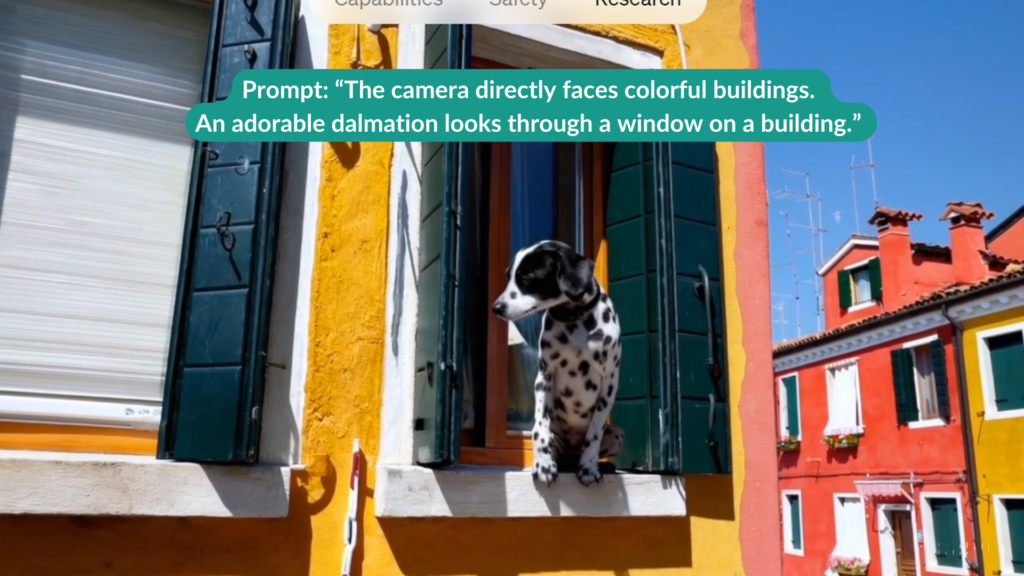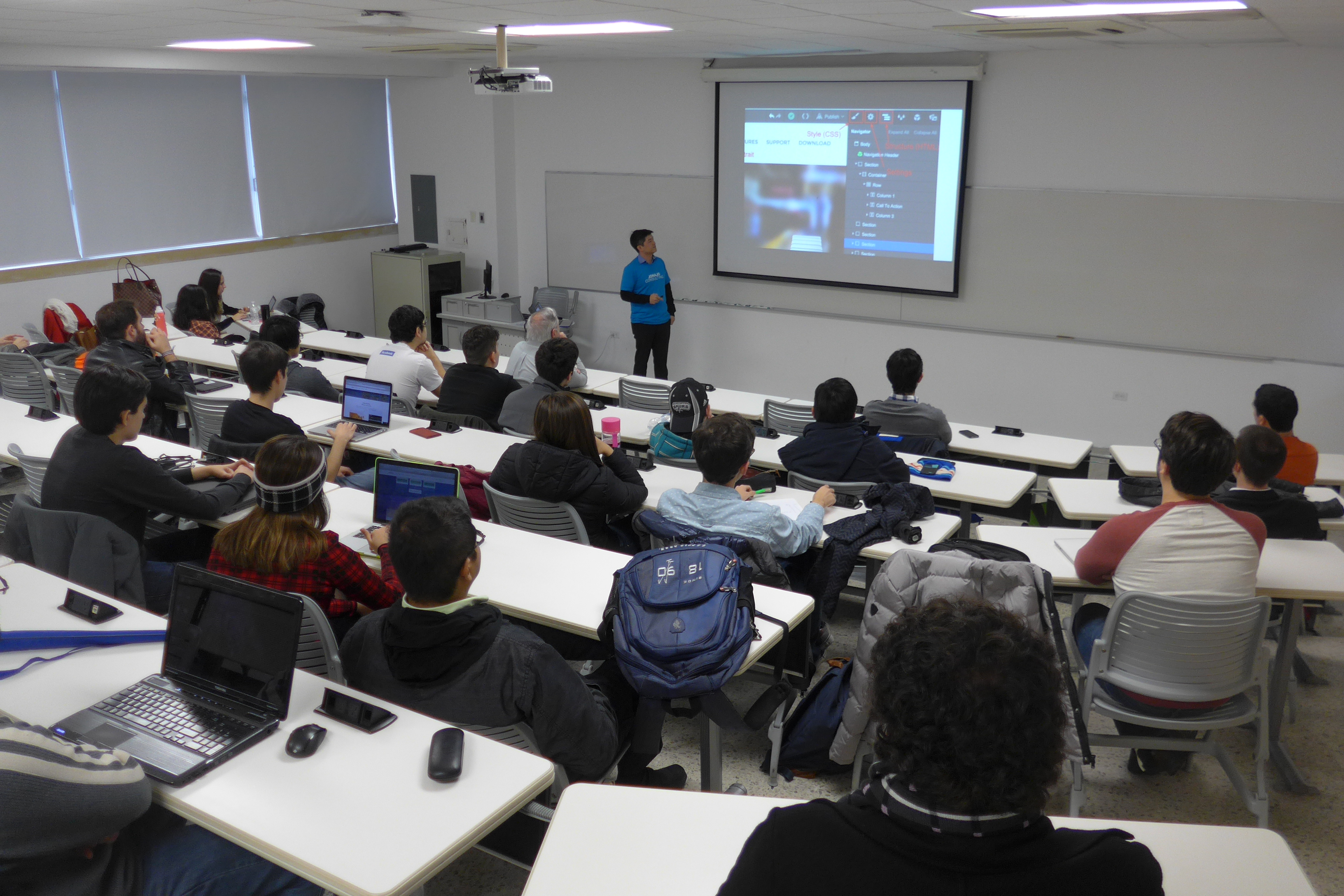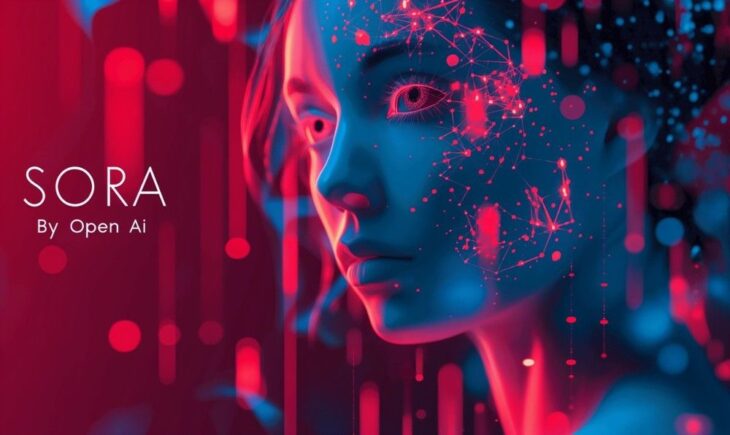Greetings, tech enthusiasts! Today, we’re delving into OpenAI’s breakthrough – Sora, a revolutionary text-to-video AI model. Here’s a quick dive into this cutting-edge creation:
Sora’s Creativity Unleashed
OpenAI’s text-to-video model is a game-changer. Crafting minute-long videos from simple text instructions opens new realms for creative professionals – artists and filmmakers.
Real-World Interaction Goals
Beyond creativity, Sora aims to train AI models for real-world interaction, a crucial step toward achieving Artificial General Intelligence (AGI).

Safety First Approach
Prioritizing safety, OpenAI employs red teamers to test Sora for potential harm. Detection tools and proven safety methods from previous models enhance user protection.
The Science Behind Sora
Sora operates on a diffusion model, transforming videos from noise. A transformer architecture akin to GPT models unifies data representation for scalability. Sora builds on DALL·E and GPT models, incorporating recaptioning from DALL·E 3.
Future Engagement
OpenAI invites global collaboration, engaging policymakers, educators, and artists to shape the positive use cases of this technology.
In this exciting AI era, the tool stands as a symbol of innovation, pushing creative boundaries and ensuring safety. Stay tuned for more updates on this tech marvel!
Thoughts for Sora
As a tech enthusiast deeply immersed in the ever-evolving world of AI, the unveiling of Sora by OpenAI has left me genuinely intrigued. Witnessing an AI model that can seamlessly translate text into visually captivating videos is a testament to the relentless pursuit of pushing technological boundaries.
In a nutshell, Sora’s introduction marks a significant milestone in the AI landscape, propelling us into a realm where the convergence of language and visual understanding opens doors to limitless possibilities. Exciting times lie ahead, and I’m eager to witness how this tool will reshape creative processes and contribute to the broader narrative of artificial intelligence.


